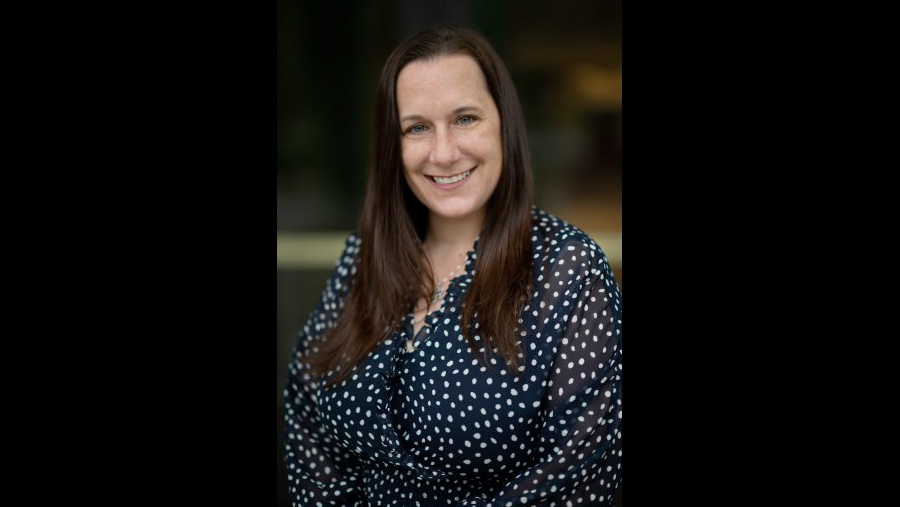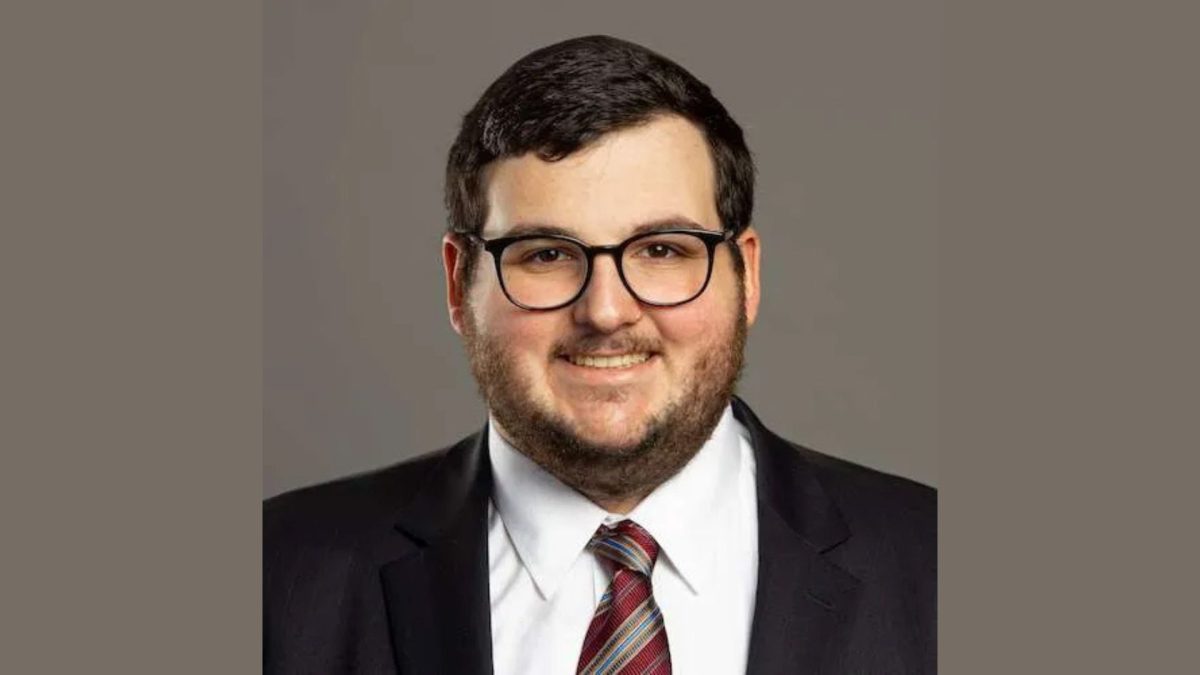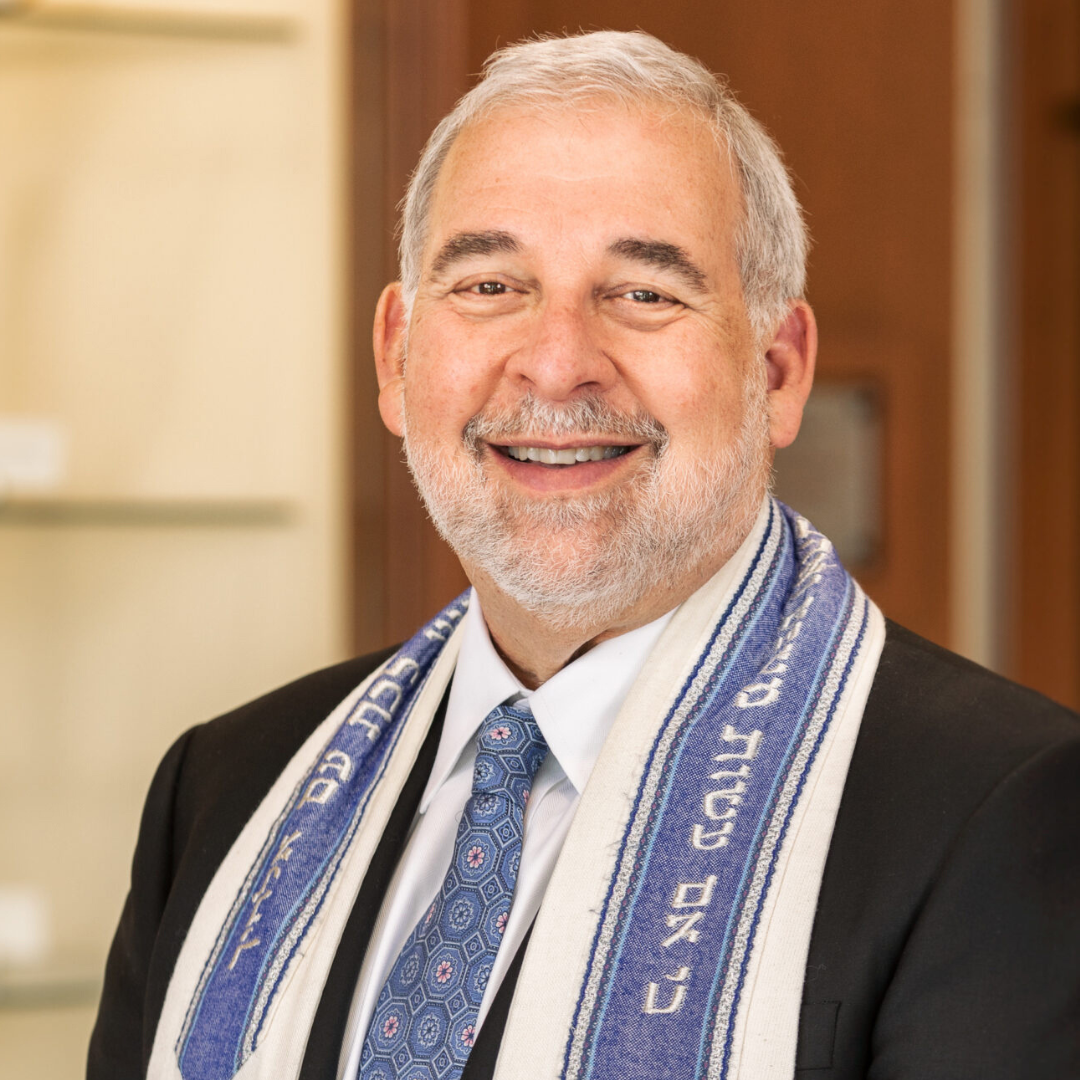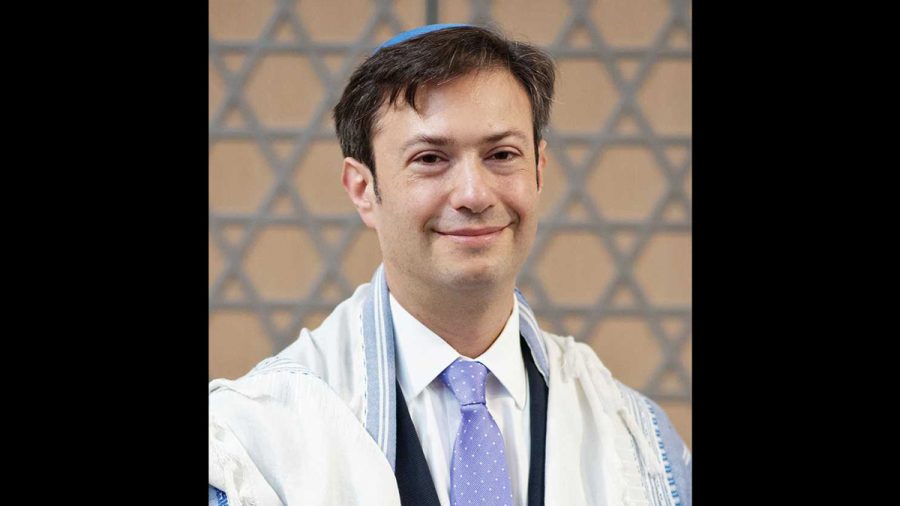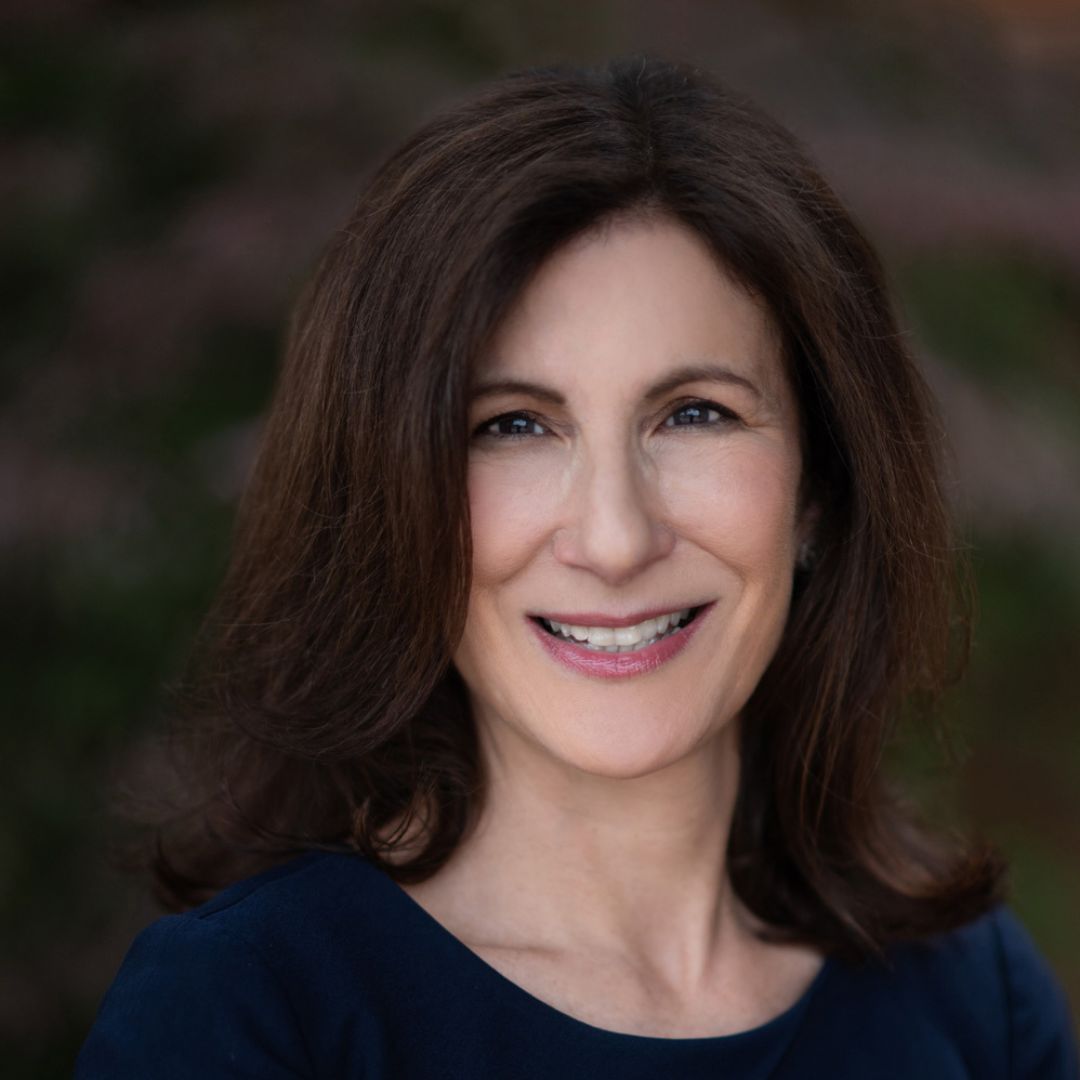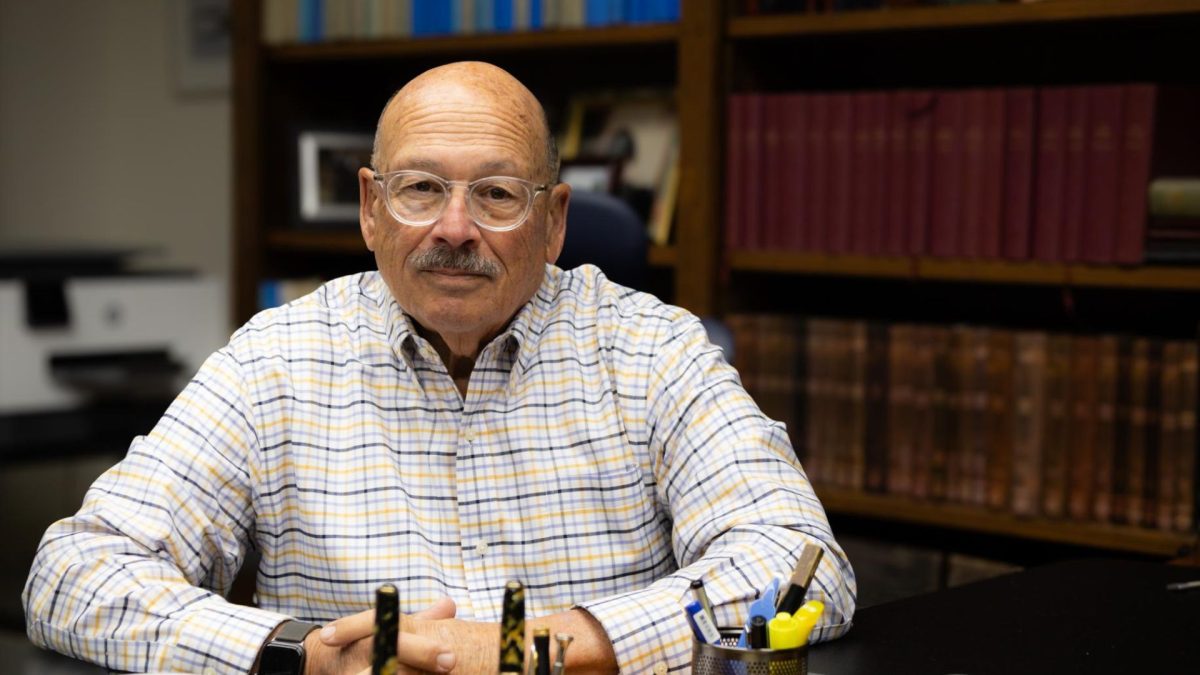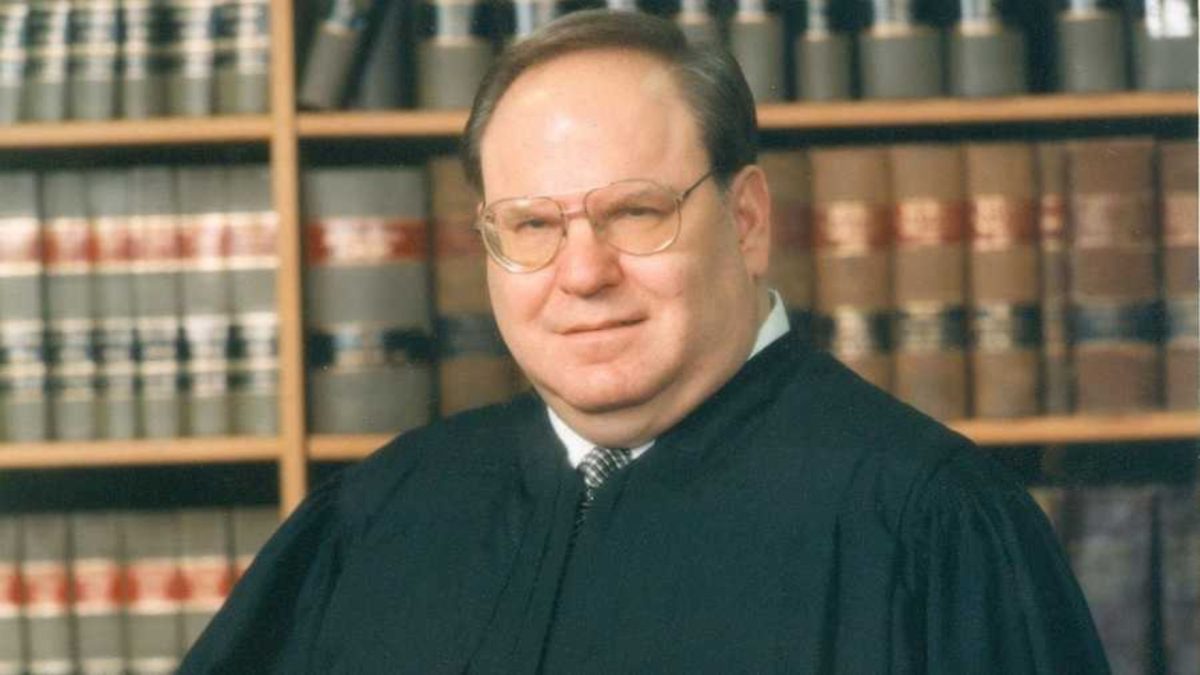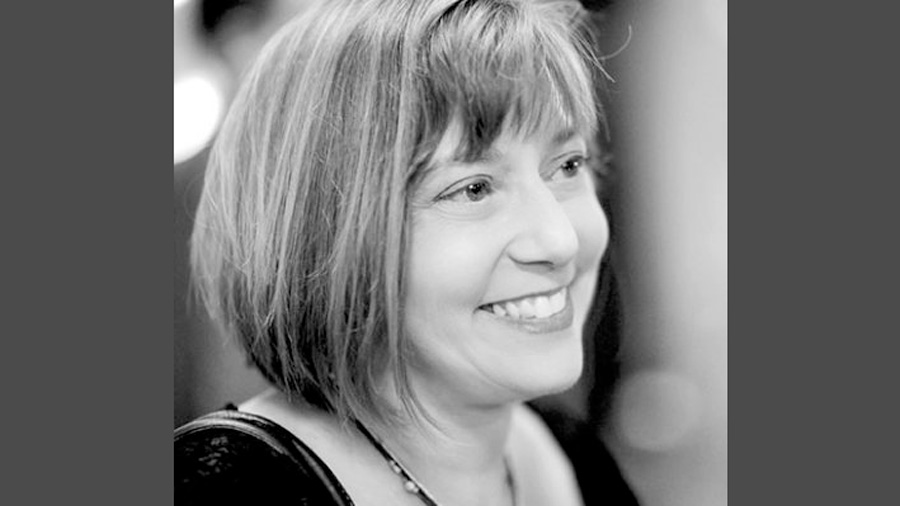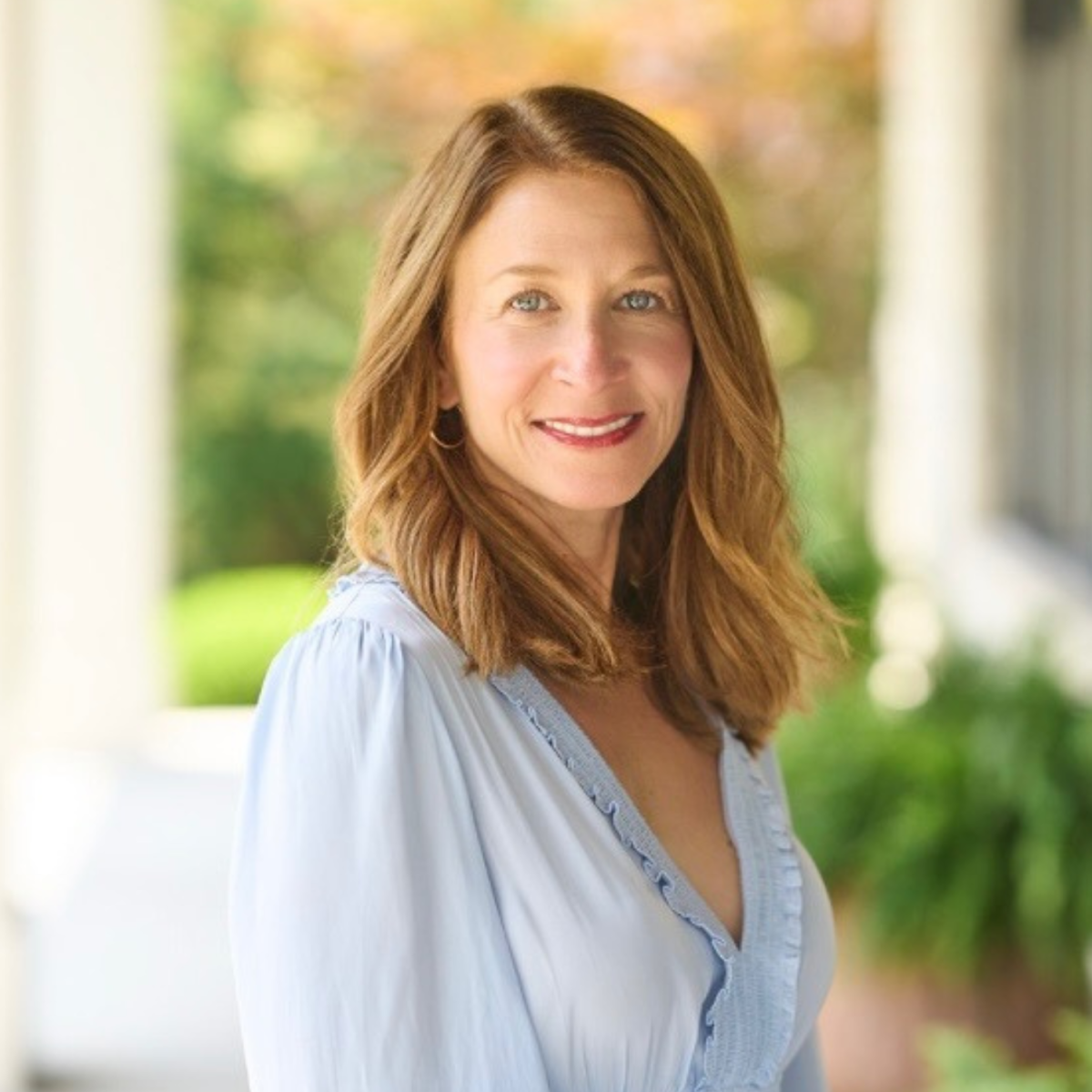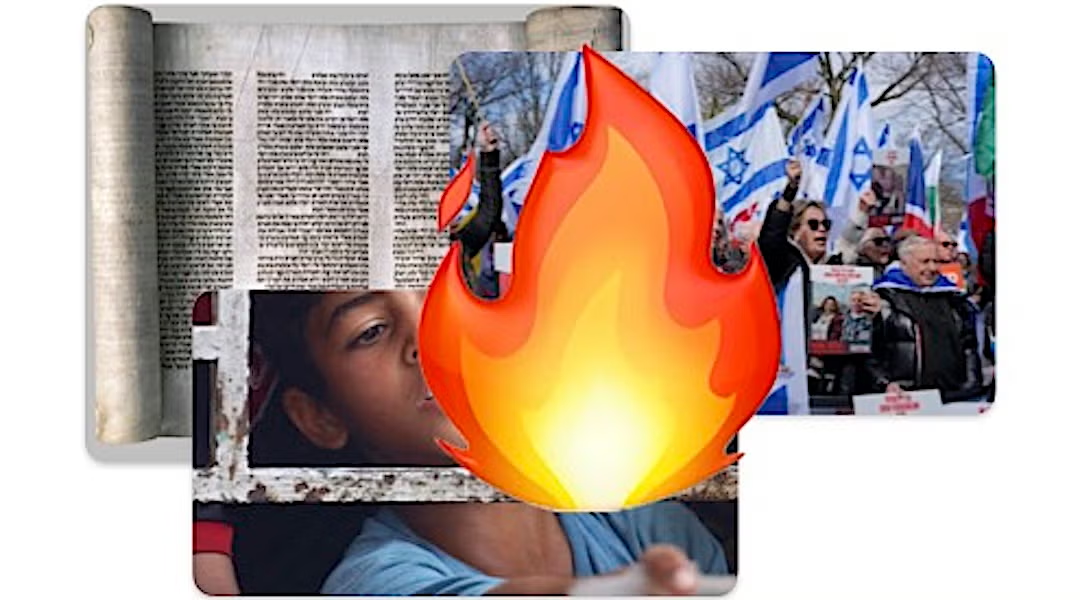In the portion Terumah, we encounter the first objectification of the spirit: The Sanctuary as it will house what was previously the unencumbered Spirit.
God says, build the place out of Me: Make [of] Me a Mikdash/holy place, and I will dwell [Shakhanti/Shekhinah] among them, or within them (Ex. 25:8).
The Zohar, a classic text of Jewish mysticism, understands the holy place as the union of two worlds, from the Aramaic root for two. All the terrible twos of existence will be integrated in our holy place, what we also call the beit k’nesset, house of meeting, the meeting of two worlds. Up there and down here, human being-li-ness and God-li-ness, masculine and feminine, external and internal; the worlds meet in our house of meeting.
ADVERTISEMENT
We are taught that the Holy One is always delighted when we storm the upper worlds and take the Shekhinah to dwell among us. Here the Shekhinah is dwelling within us. That is what we were taught from the beginning.
At the beginning of the enterprise, the paradigm for the spirit as it is built into object, we are advised to build our palaces, make them beautiful, decorate well, but I will set my spirit in the chambers of the heart, so says God in Exodus 25:8.
This is the message from the verse. Build your holy place, built by you built for you, the clue being in the pronomial suffix (and I will dwell within THEM); them meaning within you. We are expecting God to honor our invitation. Nice work, I will dwell within your pretty buildings. What we receive is caution. I will set my spirit in the chambers of the heart. Don’t be distracted by externals.
I want your heart, God says, that’s all I’ve ever wanted.
Rabbi James Stone Goodman serves Central Reform Congregation and is a past president of the St. Louis Rabbinical and Cantorial Association, which coordinates the d’var Torah for the Jewish Light.




